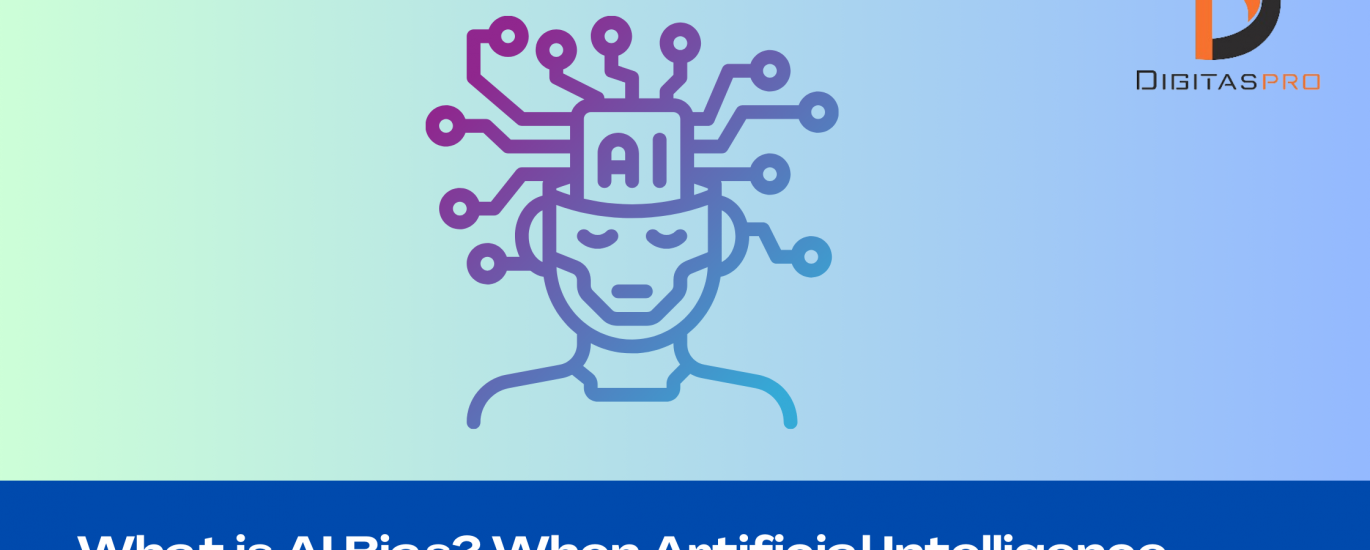Artificial intelligence (AI) has rapidly transformed our world, impacting everything from healthcare and finance to entertainment and transportation. While AI offers immense potential for progress, it also presents significant challenges, one of the most concerning being AI bias.
This blog post delves into the complexities of AI bias, exploring its causes, consequences, and potential solutions. We’ll equip you with the knowledge to understand how AI bias can arise, its harmful effects, and the ongoing efforts to mitigate this critical issue.
Understanding AI Bias:
AI bias refers to the tendency of AI algorithms to produce discriminatory or unfair outcomes. This can occur due to various factors, including:
- Biased training data: AI algorithms learn from the data they are fed. If this data contains inherent biases, the algorithms will likely perpetuate those biases in their outputs. For example, an AI algorithm trained on a dataset of mostly white male faces might struggle to accurately recognize faces of other races or genders.
- Algorithmic design: The way AI algorithms are designed can also introduce bias. For instance, an algorithm designed to predict recidivism rates might weigh factors like race or socioeconomic background more heavily, leading to discriminatory outcomes.
- Human biases: The developers and engineers who build AI systems can unknowingly introduce their own biases into the design and implementation.
The Consequences of AI Bias:
AI bias can have far-reaching and harmful consequences, impacting individuals and society as a whole. Some potential consequences include:
- Discrimination: AI-powered systems used in areas like loan approvals, hiring decisions, or criminal justice can perpetuate existing societal biases, leading to unfair discrimination against certain groups.
- Privacy violations: Biased algorithms can be used to unfairly target individuals or groups for surveillance or data collection, infringing on their privacy rights.
- Loss of trust: If people perceive AI as biased and unfair, they may lose trust in its ability to make accurate and objective decisions.
Combating AI Bias:
Recognizing the dangers of AI bias is crucial, but the good news is that there are ongoing efforts to mitigate this issue. Some potential solutions include:
- Using diverse training data: Ensuring that AI algorithms are trained on data that is representative of the real world, encompassing diverse demographics and perspectives.
- Debiasing algorithms: Developing techniques to identify and remove bias from existing algorithms.
- Human oversight: Implementing human oversight mechanisms to review and audit AI decisions, ensuring fairness and accountability.
- Raising awareness: Educating the public and policymakers about AI bias and its potential harms, fostering responsible development and deployment of AI systems.
Conclusion:
AI bias is a complex and pressing issue that demands our attention. By understanding its causes, consequences, and potential solutions, we can work towards building fairer and more ethical AI systems that benefit all of society. Remember, AI is a powerful tool, and like any tool, it needs to be wielded responsibly and ethically.
Additional Resources:


